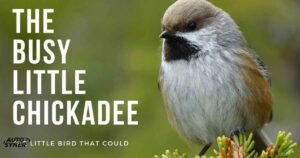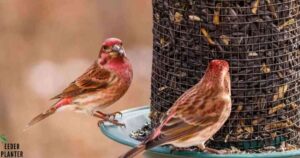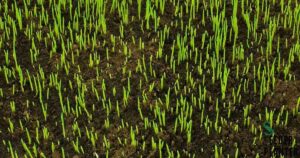Fescue is a cool-season grass known for its fine texture and adaptability, commonly used in lawns and pastures. It thrives in cooler temperatures and exhibits good drought resistance.
It is versatile, graces lawns and landscapes with its adaptability to various climates. Ever you wonder about What Temperature Does Fescue Stop Growing? Its lush appearance makes it a popular choice for green spaces.
This is a cool-season grass, encompasses various species prized for adaptability and lush aesthetics in lawns and landscapes. Characterised by fine blades, it thrives in cooler climates, making it a popular choice for green spaces seeking resilient and visually appealing vegetation.
There are three main types of fescue grasses
Fine Fescue (Festuca spp.)
That is a cool-season grass, showcases its adaptability within a temperature range of 60 to 75 degrees Fahrenheit (15 to 24 degrees Celsius). This resilient grass variety excels in moderate climates, boasting lush growth and a vibrant green hue. However, when temperatures plummet below 50 degrees Fahrenheit (10 degrees Celsius), Fine Fescue enters a dormant phase.
Conversely, in scorching heat exceeding 90 degrees Fahrenheit (32 degrees Celsius), Fine Fescue may struggle, showing signs of heat stress. For optimal results, maintain a climate within its preferred range, allowing Fine Fescue to flourish and create a visually appealing climate.
Tall Fescue (Festuca arundinacea)
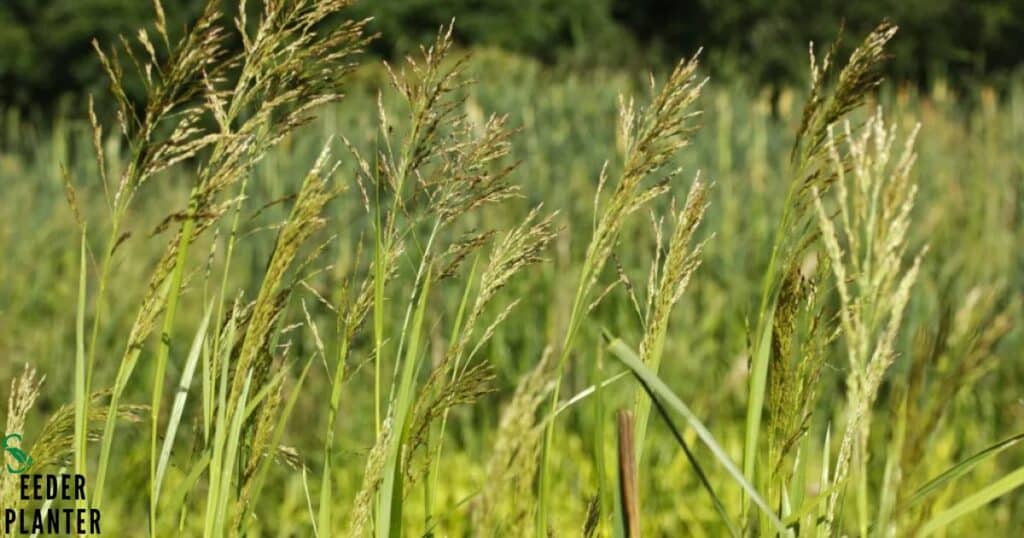
Tall Fescue, a cool-season grass, flourishes in temperatures ranging from 60 to 75 degrees Fahrenheit (15 to 24 degrees Celsius). Within this range, it exhibits vigorous growth, resulting in lush and vibrant lawns.
However, when temperatures dip below 50 degrees Fahrenheit (10 degrees Celsius) or soar above 90 degrees Fahrenheit (32 degrees Celsius), Tall Fescue growth slows, and the grass may enter a dormant phase. Maintaining a moderate climate is crucial for optimal Tall Fescue development, ensuring a resilient and attractive lawn year-round.
Kentucky Bluegrass (Poa pratensis):
While not a true fescue, Kentucky bluegrass is often mixed with fescue grasses in cool-season lawns. It is known for its lush, green appearance and is commonly used in temperate climates.
What Temperature Does Fescue Stop Growing
Fescue is a type of grass commonly used in lawns and pastures. The growth of fescue is influenced by various environmental factors, including temperature. Different varieties of fescue have different temperature preferences, but in general, fescue is known for its cool-season characteristics.
1.Optimal Temperature Range
Fescue grasses thrive in cool temperatures and typically have an optimal growth range between 60°F to 75°F (15°C to 24°C). These temperatures are typical of spring and fall conditions. Fescue tends to slow down or go dormant during hot summer months when temperatures rise above its optimal range.
2.Summer Stress

High temperatures, especially above 80°F (27°C), can stress fescue grasses. Extended periods of heat and drought stress can lead to reduced growth, browning, and even dormancy. Fescue may struggle during hot summer months and might require additional irrigation to maintain its health.
3.Winter Dormancy
While fescue is a cool-season grass, it may also experience some level of dormancy during very cold temperatures. However, compared to warm-season grasses, fescue remains more active during the winter months.
4.Fall Recovery
Fescue often experiences a period of vigorous growth in the fall when temperatures begin to cool down. This is a crucial time for fescue to recover from any summer stress and to establish strong roots before winter.
5.Adaptability
Fescue varieties differ in their adaptability to temperature extremes. Some types of fescue are more heat-tolerant, while others are better suited to cooler climates. It’s important to choose a fescue variety that matches the local climate conditions.
Other Factors that can affect winter hardiness in fescue grasses include
Cultivar/Variety Selection
Different cultivars within a fescue species may have varying levels of winter hardiness. When choosing fescue seed, it’s essential to select cultivars that are well-adapted to the local climate.
Soil Conditions
Well-drained soils are generally favourable for winter hardiness. Poorly drained soils can lead to root rot and other issues that may compromise the grass’s ability to withstand winter conditions.
Climate
Fescue grasses are well-suited to cool climates, and they tend to thrive in regions with cold winters. However, extreme cold temperatures or sudden temperature fluctuations can impact winter survival.
Maintenance Practices
Proper lawn care practices, such as adequate fertilization, mowing at the correct height, and pest control, contribute to overall turf health, including winter hardiness.
It’s important to note that while fescue grasses are generally cold-tolerant, extreme winter conditions can still pose challenges. Factors such as snow cover, ice, and prolonged periods of extreme cold can affect the winter survival of fescue lawns. If you’re unsure about the best fescue variety for your specific location, consulting with local lawn and turfgrass experts or extension services can provide valuable guidance.
Frequently Asked Questions
At what temperature does fescue grass typically stop growing?
Fescue grass tends to slow down its growth and may go dormant when temperatures consistently exceed 75°F (24°C).
What is the optimal temperature range for active growth of fescue grass?
Fescue grass thrives in cooler temperatures, with an ideal range between 60°F and 75°F (15°C to 24°C).
In which seasons does fescue grass exhibit the highest growth rates?
Fescue grass shows the most vigorous growth during the cooler seasons of spring and fall.
How does prolonged exposure to high temperatures impact fescue grass growth?
Extended periods of high temperatures can stress fescue grass, leading to reduced growth and potential dormancy.
Can fescue grass remain green during mild winter conditions?
Yes, fescue grass is adapted to cool-season climates and can continue to grow, often remaining green in mild winter weather.
Conclusion
Fescue grass thrives in moderate temperatures, ideally between 60 and 75 degrees Fahrenheit (15 to 24 degrees Celsius). Beyond this range, its growth begins to slow. When temperatures drop below 50 degrees Fahrenheit (10 degrees Celsius), fescue enters a dormant state, temporarily halting active growth.
Conversely, in extreme heat exceeding 90 degrees Fahrenheit (32 degrees Celsius), fescue may also struggle to flourish, risking heat stress. This resilient grass species exhibits remarkable adaptability but tends to prefer the temperate Goldilocks zone for optimal growth. So, the sweet spot lies in the mild, comfortable climate where fescue thrives, showcasing its lush green beauty.
Remember, understanding the temperature nuances is key to nurturing a vibrant and flourishing fescue lawn.

I am Alexander James, a seasoned professional with 4 years of expertise, brings passion and skill to every project. Elevate your experience with my knowledge and creativity.
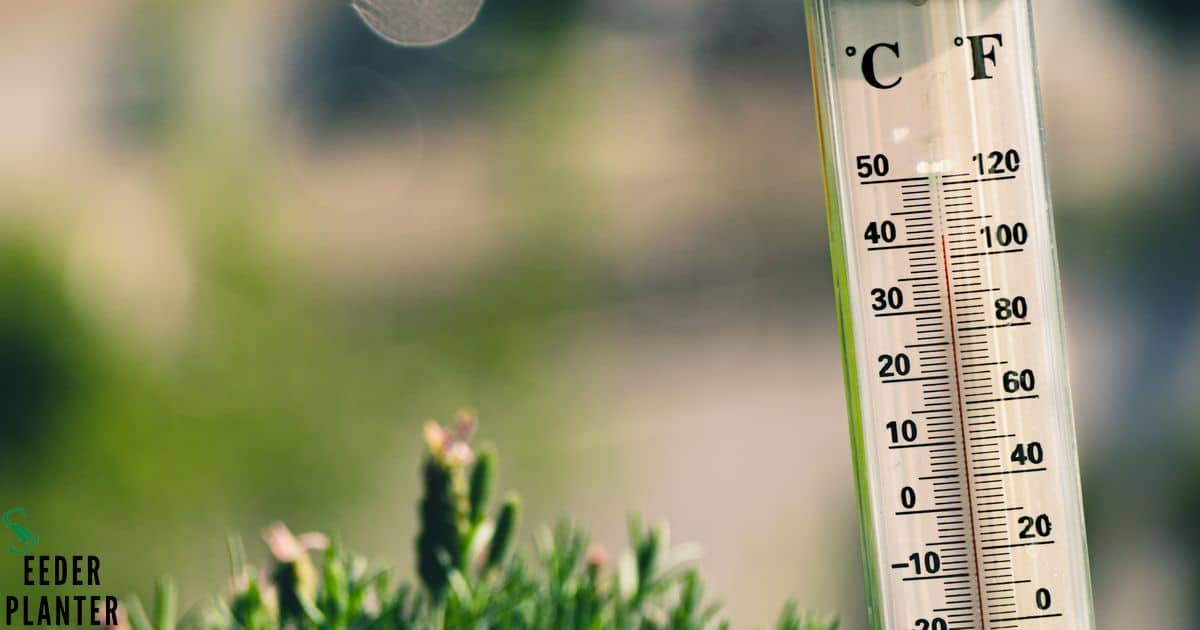


![Hollyhock Seeds: The Complete Guide to Success [2024]](https://seederabout.com/wp-content/uploads/2024/10/Hollyhock-Seeds-The-Complete-Guide-to-Success-2024-300x157.jpg)
